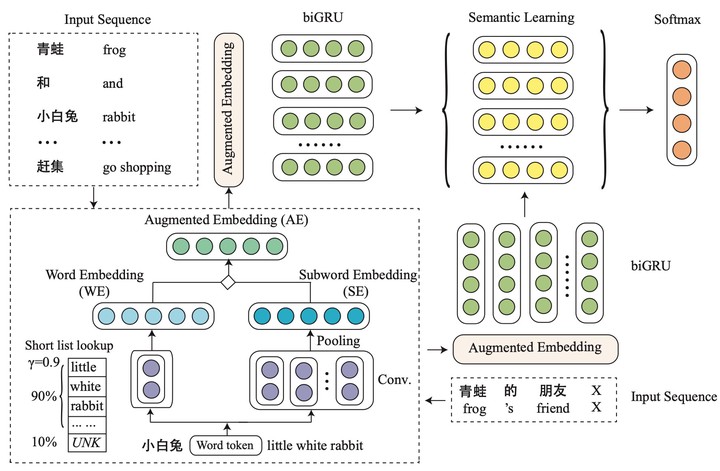
Abstract
Representation learning is the foundation of machine reading comprehension and inference. In state-of-the-art models, character-level representations have been broadly adopted to alleviate the problem of effectively representing rare or complex words. However, character itself is not a natural minimal linguistic unit for representation or word embedding composing due to ignoring the linguistic coherence of consecutive characters inside word. This paper presents a general subword-augmented embedding framework for learning and composing computationally-derived subword-level representations. We survey a series of unsupervised segmentation methods for subword acquisition and different subword-augmented strategies for text understanding, showing that subword-augmented embedding significantly improves our baselines in various types of text understanding tasks on both English and Chinese benchmarks.